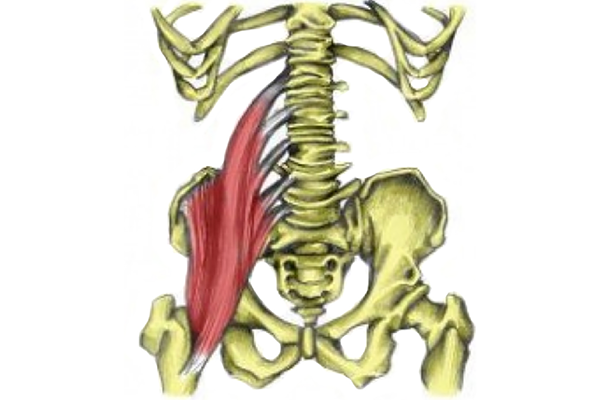
The iliopsoas muscle is actually a group of two muscles located in the front of the hip joint: the iliacus and the psoas major. These muscles work together to flex the hip joint, bringing the thigh towards the abdomen. They play a crucial role in activities such as walking, running, and climbing stairs.
Here’s a bit more detail about each muscle:
- Psoas Major: This muscle originates from the lumbar vertebrae (specifically, the bodies of T12-L5 vertebrae) within the spine and extends down through the pelvis to attach to the femur (thigh bone). It’s often referred to as simply the “psoas” muscle.
- Iliacus: This muscle originates from the iliac fossa, which is the large, smooth, concave surface on the inner side of the ilium, one of the bones that makes up the pelvis. It also attaches to the femur.
Both muscles join together near the groin area and share a common tendon, which attaches to the lesser trochanter of the femur (a bony prominence at the top of the femur, towards the back). This arrangement allows them to work together to flex the hip joint.
The iliopsoas muscles are important for maintaining proper posture, supporting the lower back, and facilitating movements involving the hips and legs. Tightness or weakness in these muscles can contribute to various issues, including lower back pain, hip pain, and altered gait mechanics. Therefore, stretching and strengthening exercises targeting the iliopsoas muscles are often included in rehabilitation and fitness programs.